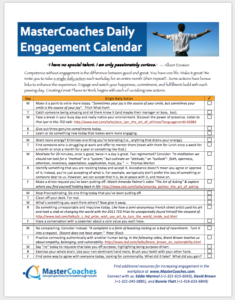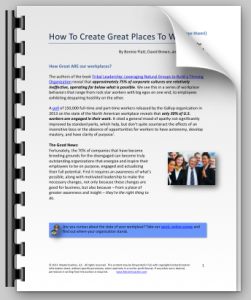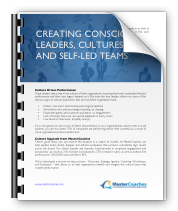One of my personal growth practices is to watch a TED video every day. TED is an organization that sponsors cutting-edge ideas from interesting speakers, delivered using a video format in 20 minutes or less. TED videos contribute to my daily dose of education and inspiration, usually while I’m eating lunch or during an afternoon break.
I want to tell you about a TED video that truly inspired me. Filmed in July of 2011, it’s one of those rare gems that I’ve marked as a “favorite” and will be reviewing again and again in the future. The video is titled “A Doctor’s Touch,” by Dr. Abraham Verghese, a physician and writer. Dr. Verghese observes that patients in today’s world are treated by their doctors more as data points and as objects than as human beings. He notices, for example, how medical students discuss a patient’s condition by meeting around a conference table and discussing the patient’s computer file, rather than by circling the patient’s bed and using their hands to examine and connect with the patient. But the video goes much deeper than this.
There are important themes around ritual and connection that go way beyond the video’s medical context. Dr. Verghese’s message has implications not only for doctors but also for engineers, attorneys, executives, leaders, and especially coaches. Before going any further, I invite you to set aside 18 minutes and 32 seconds to watch this video. Then, finish reading this blog. If you’re reading this at the MasterCoaches website on a Flash-enabled device, simply click the play button on the video player below (refresh your browser if you don’t see it). You can also view the video at the TED website.
Warning: the text that follows is a spoiler. Watch the video first!
Assuming you watched the video, take a deep breath. Take a moment to be with Dr. Verghese’s final message: “I will always, always, always be there. I will see you through this. I will never abandon you. I will be with you through the end.” Do these words sound familiar? Great people in history have uttered them, and so have great parents, friends, and bosses. Even more powerful than the words is the subtext of love, care and concern underneath them. It doesn’t matter if it’s a physician at a patient’s bedside, or a father kissing his children goodnight, or an executive having a difficult conversation with one of her direct reports — we can all use the same subtext. The words coming out of our mouth are essentially meaningless. The context we give them and the emotional subtext underneath, however, make all the difference. I will always, always, always be there. I will see you through this. I will never abandon you. I will be with you through the end.
Dr. Verghese also speaks of the power of ritual to transform. “The ritual of one individual coming to another and telling them things that they wouldn’t tell their preacher or rabbi….I would submit to you that this is a ritual of exceeding importance. And if we bypass that ritual…we have bypassed the opportunity to seal the patient-physician [or parent-child, or leader-follower] relationship.” Unfortunately, our fast-paced, technologically-intensive societies have moved us away from rituals. We have allowed rules and procedures to replace them. We have become inattentive.
My simple definition of ritual is a practice done with consciousness. It’s a practice that we engage in with all the presence and awareness that we can muster. As we engage in the ritual, something much higher than ourselves takes over. Transformation now becomes a real possibility. Every ritual is an invitation for the sacred to show up powerfully in the interaction.
My father was a physician, and a darn good one. When I was a young boy in Cuba, I remember how patients would come to our house in the afternoon and sit on the rocking chairs on our front porch, waiting for their turn to see my father. I remember my dad demonstrating to me the “percussion” method described in the video. He explained how the tapping (a precursor to the ultrasound) helped him examine and diagnose his patients. Dr. Verghese’s words “the power of the human hand to touch, to comfort, to diagnose, and to bring treatment” transported me back to those special moments with my father. My father had a powerful ritual that allowed him to connect with those he served.
I invite you to look at the practices you have in your life. Are they rituals? Is the sacred present?
As we engage in intellectual discussions with our colleagues, let’s invite our humanity to show up. We cannot lead or influence unless we’ve earned the right to do so — by connecting to something very deep in the mind, heart and soul of those we serve.




Social Links